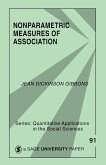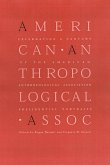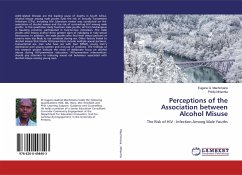Clustering and tree models are being widely used in the social and biological sciences to analyze similarity relations. This volume describes how matrices of similarities or associations among entities can be modelled using trees, and explains some of the issues that arise in performing such analyses and interpreting the results correctly. James E Corter distinguishes ultrametric trees from additive trees and discusses how specific aspects of each type of tree can be interpreted through the use of applications as examples. He concludes with a discussion of when tree models might be preferable to spatial geometric models.








